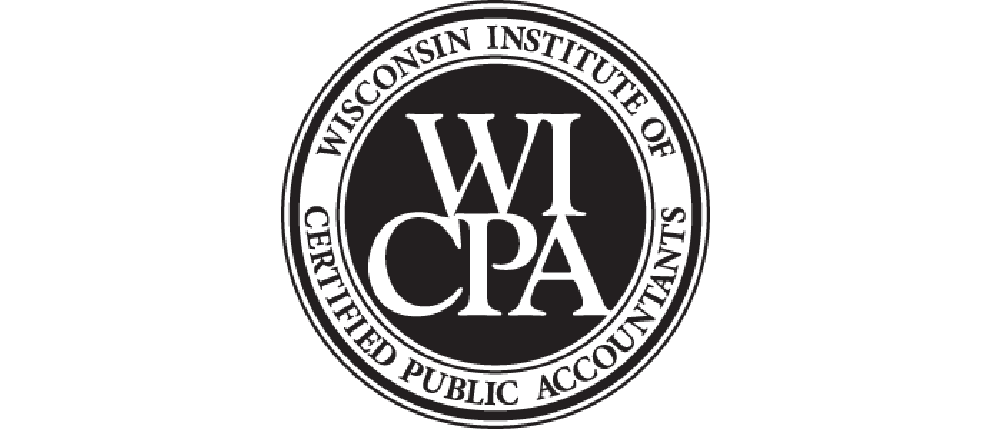The unfortunate passing of a CEO—what is a very grim subject is also a very important topic for all organizations to face. Having a contingency plan for uncertain events such as the death of an owner or CEO is typically not high on a priority list or in a strategic plan. Yet, it is something impacting every facet of an organization – employees, customers, vendors, and suppliers.
Two prominent examples of companies losing their CEO are Arne Sorenson, CEO of Marriott International, who died of cancer in 2021; and Jim Cantalupo, CEO of McDonald’s, who died of a heart attack in 2004. Fortunately, they were prepared—both being larger organizations with formal boards, whereby succession planning and crisis management are two prime directives of boards. Even with proper planning and management, there was still a major impact on the business. Now, consider the negative impact to your organization without a clear plan.
Given the uncertainty of the pandemic we all experienced throughout the past year, preparation for the unexpected is a respected skill now more than ever. Our Trusted Advisors were asked this question several times last year, “What do we do if the owner unexpectedly dies from COVID-19?” Interestingly, the same owner could have died unexpectedly from any other cause at any other time, and yet nobody was concerned until the pandemic forced them to confront this very real possibility.
In our personal lives, we have life insurance, disability insurance, wills, powers of attorney, and other items to protect our families; however, it's not common to prioritize how to handle the death of an owner or CEO in an organization. KerberRose Succession Planning experts have put together the three main points of a successful contingency plan for your organization to consider. For purposes of this topic, we will assume an organization is not publicly traded or has an independent, formal board of directors. We will focus on small- to medium-sized privately held organizations of which most of our economy is based on.
How to Make a Contingency Plan: The 3 P's
There are 3 P’s to surviving the death of an owner/CEO. They are Pain, Plan, and People.
Pain
Pain are all the reasons the second P (Plan) is needed. Pain includes items such as: grief from employees, uncertainty in the overall business (i.e., customers, suppliers, vendors), and impact on revenue. Everyone wonders, “how does this affect me? Who is going to run the business? How are decisions going to be made? How are bills going to be paid?” The list of questions and pain are endless and are the essence of contingency planning. There are far too many pain points, which is why organizations must have a good contingency plan in place.
Plan
The plan is the main component of surviving the death of an owner/CEO. Your plan must address structure/ownership of the business (who now owns/operates the business?), contracts and other legalities (from clients, suppliers, vendors, etc.), banks/loans/debt, etc. An example is a husband and wife who co-own a business. While they have a will stipulating the husband inherits the business if his wife dies, what happens if he does not want to run the business or does not know how? Your plan must consider all possible avenues to a transfer of leadership.
Your plan must also address having a life insurance policy on the owner/CEO payable to the business. This is important if the business has any debt, to be able to pay it off so the business can continue to operate (thereby protecting the employees, their families, and the long-term sustainability of the business). Other items involve any/all critical information in the business which includes bank information, legal information, passwords, taxes, customers and customer relationships, accounts receivable and accounts payable, and the list goes on and on. Think of any important process, password or item which only the owner/CEO may know. Any of those items should have clear documentation what to do and how others can access information so the business can continue to operate.
People
The third and final P is people, which should also be included in the plan. An organization needs its people to produce its products, deliver its services, take care of customers, etc. Employees will experience grief from the loss of the owner, which impacts performance, engagement, quality, and many other items at work and at home.
Part of the third and final P is identifying how (and possibly who) the owner/CEO will be replaced. Is this a current leadership team member? In small organizations, this may not be viable. Is it a family member? Is there an external consultant who can step in to operate the business? In addition, whomever it is must have the skills and abilities to lead the business, as well as the empathy to interact with the employees and customers.
The individual who either temporarily or permanently replaces the owner/CEO must be prepared to meet with employees, clients, suppliers, and vendors; and explain the plan in detail. This is important to calm fears and assist all parties through the grieving process. Note, this is not done by a simple email or social media post. This needs to be hands-on and personalized so someone with appropriate skills in leadership, business acumen, and crisis management is necessary.
Ideally, this individual is already part of a succession plan. If not and if the individual is temporary, the plan and people must identify how a long-term replacement will be retained and what is the transition plan from the temporary owner/CEO to the permanent owner/CEO.
Putting Your Plan in Action
Death is not a topic most of us enjoy talking about or wanting to deal with; however, waiting until tragedy strikes to start planning is too late. Putting the 3 P’s in place is part of any succession plan to help protect a business and employees whose lives and families are dependent upon the business.
The time is never too early to engage an expert to help put the 3 P’s in place. KerberRose Trusted Advisors can assist your business in creating an effective contingency plan with proactive strategy and business planning. Contact a KerberRose team member today to get started.
Surviving the Death of CEO: Creating a Successful Contingency Plan
Posted by
David Yeghiaian on Apr 19, 2021 2:30:00 PM
Topics: KerberRose, Advisory Services, Leadership and Development, Mentoring, Succession Planning, Strategic Planning, Strategy, Contingency Planning








